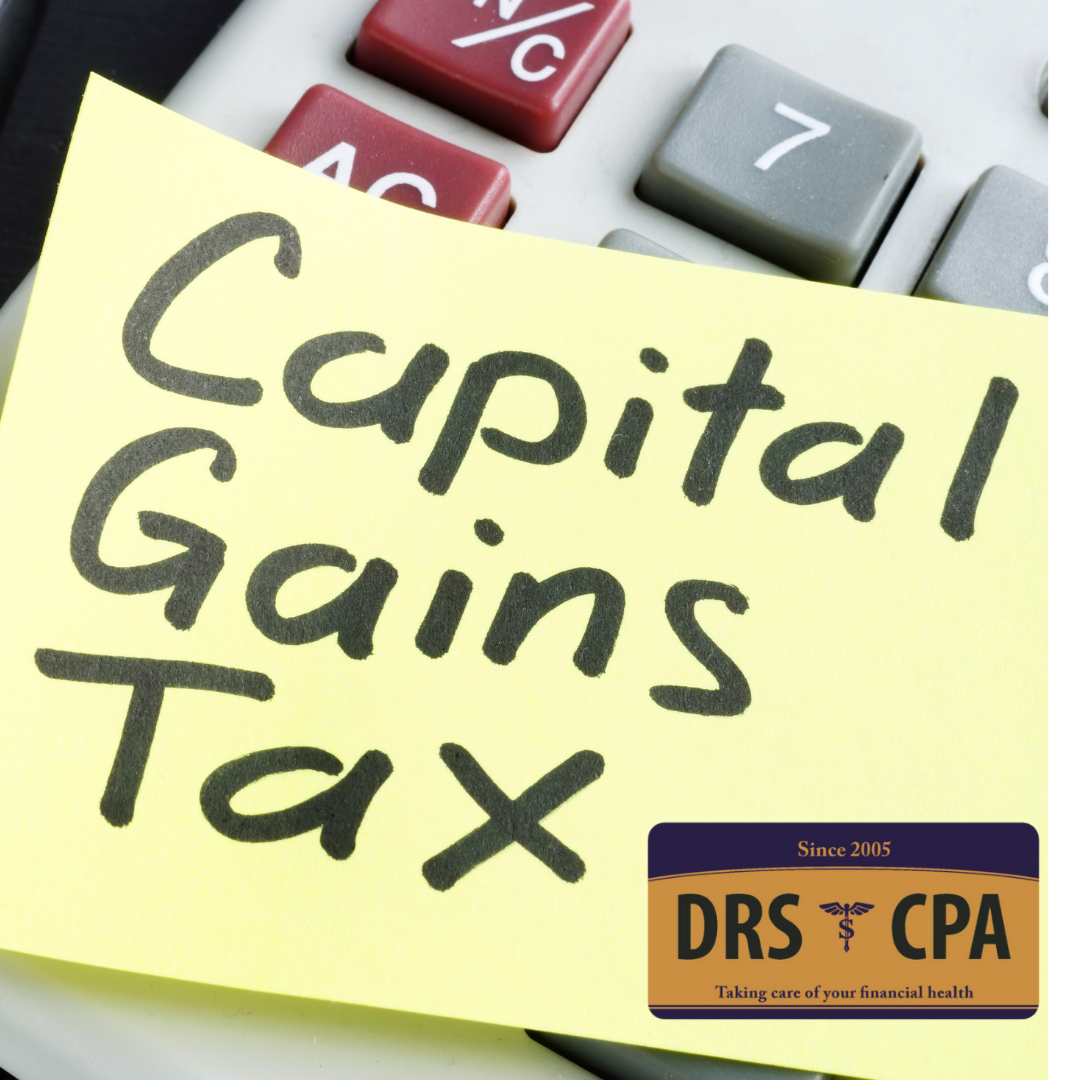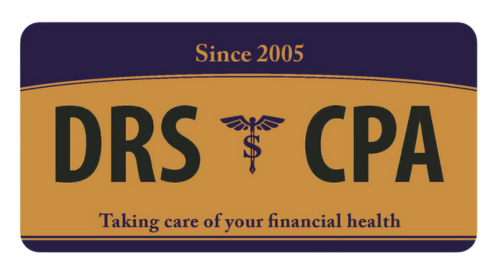
Understanding Capital Gains and Losses in 2025
When you sell or exchange property, the tax consequences often depend on whether the asset qualifies as a capital asset. Most personal and investment property—such as houses, furniture, cars, stocks, and bonds—falls under this category. A gain or loss from the sale of these items is generally treated as a capital gain or loss. However, not all property is considered a capital asset. Items such as business inventory, accounts receivable, depreciable business property, real estate used in a trade or business, and certain creative works like copyrights or manuscripts are specifically excluded.
Investment Property and Holding Periods
Investment property refers to assets held with the expectation of generating income or appreciating in value. Examples include stocks, bonds, and real estate purchased for investment purposes. To determine how gains and losses are taxed, the holding period of the asset is crucial. If the asset is held for one year or less, the gain or loss is considered short-term and taxed at ordinary income rates. Assets held for more than one year qualify for long-term treatment, which often comes with more favorable tax rates. A special rule applies to inherited property—it is always considered long-term, regardless of how long the heir has owned it.
For securities traded on an established exchange, the holding period begins the day after the purchase trade date and ends on the trade date of the sale. This detail is important for accurately classifying gains and losses.
Tax Rates on Capital Gains
The tax code generally provides lower rates for long-term capital gains compared to ordinary income. For 2025, the maximum long-term capital gain rates are 0%, 15%, and 20%, depending on taxable income and filing status. For example, single filers with taxable income up to $48,350 pay no tax on long-term capital gains, while those exceeding $533,400 are subject to the 20% maximum rate. Married couples filing jointly enjoy a 0% rate up to $96,700 and face the 20% rate at income levels above $600,050.
In addition to the maximum 20% long-term capital gain tax rate, certain higher-income taxpayers may also be subject to the 3.8% Net Investment Income Tax (NIIT) —sometimes referred to as the additional Medicare surtax. So, if a high-income taxpayer sells stock at a large gain, the gain might be taxed at the 20% maximum capital gains rate plus the 3.8% surtax, resulting in an effective federal tax rate of 23.8% on long-term capital gains.
Capital Loss Limitations and Wash Sales
Not all transactions result in gains. When capital losses exceed capital gains, individuals may deduct up to $3,000 per year ($1,500 for married taxpayers filing separately) against other forms of income. Any unused losses can be carried forward indefinitely to offset future gains.
A common limitation arises with wash sales. If you sell stock at a loss and then buy the same or substantially identical stock within 30 days before or after the sale, the loss cannot be deducted immediately. Instead, the disallowed loss is added to the basis of the newly acquired stock, effectively deferring the deduction until the replacement stock is sold.
Final Thoughts and Tax Planning
Understanding the rules around capital gains and losses is essential for effective tax planning. Strategic decisions—such as when to sell an asset, how to identify shares for sale, or how to manage reinvested dividends—can significantly impact your overall tax liability. Because these rules interact with other areas of tax law, including retirement distributions, business sales, and real estate transactions, seeking professional advice before making major financial moves is highly recommended.
